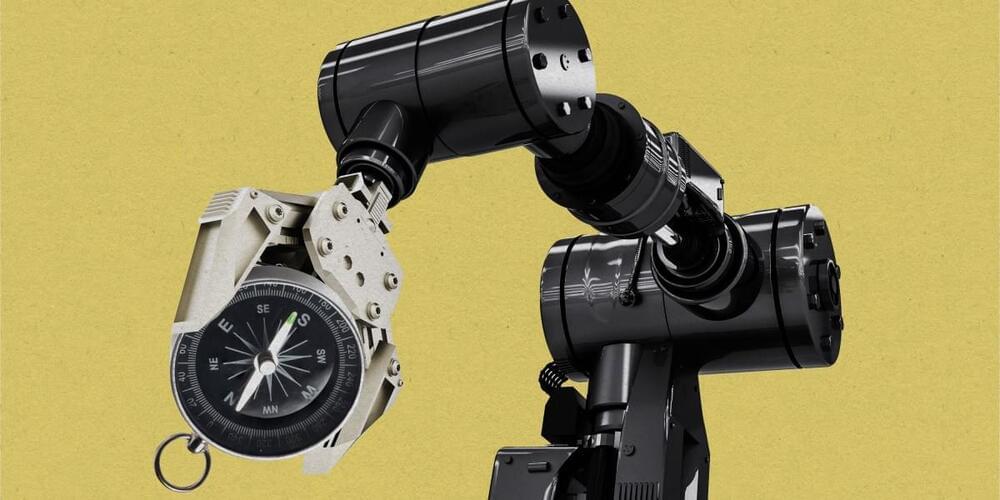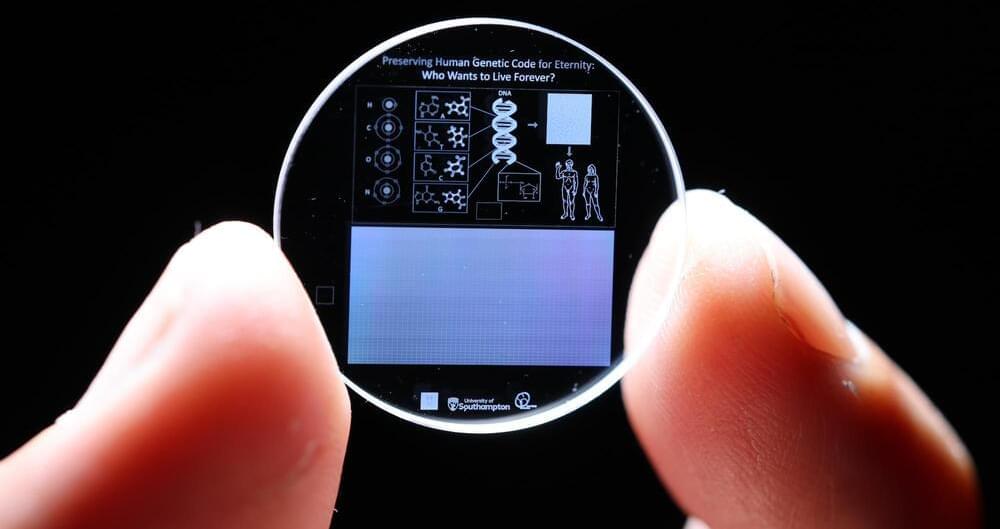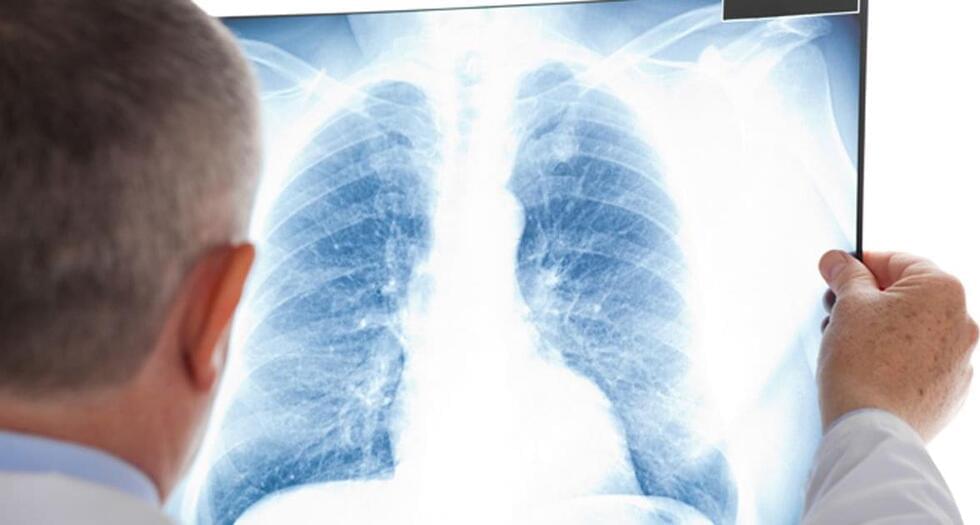The first phase of the world’s largest sodium-ion battery energy storage system (BESS), in China, has come online.
The first 50MW/100MWh portion of the project in Qianjiang, Hubei province has been completed and put into operation, state-owned media outlet Yicai Global and technology provider HiNa Battery said this week.





